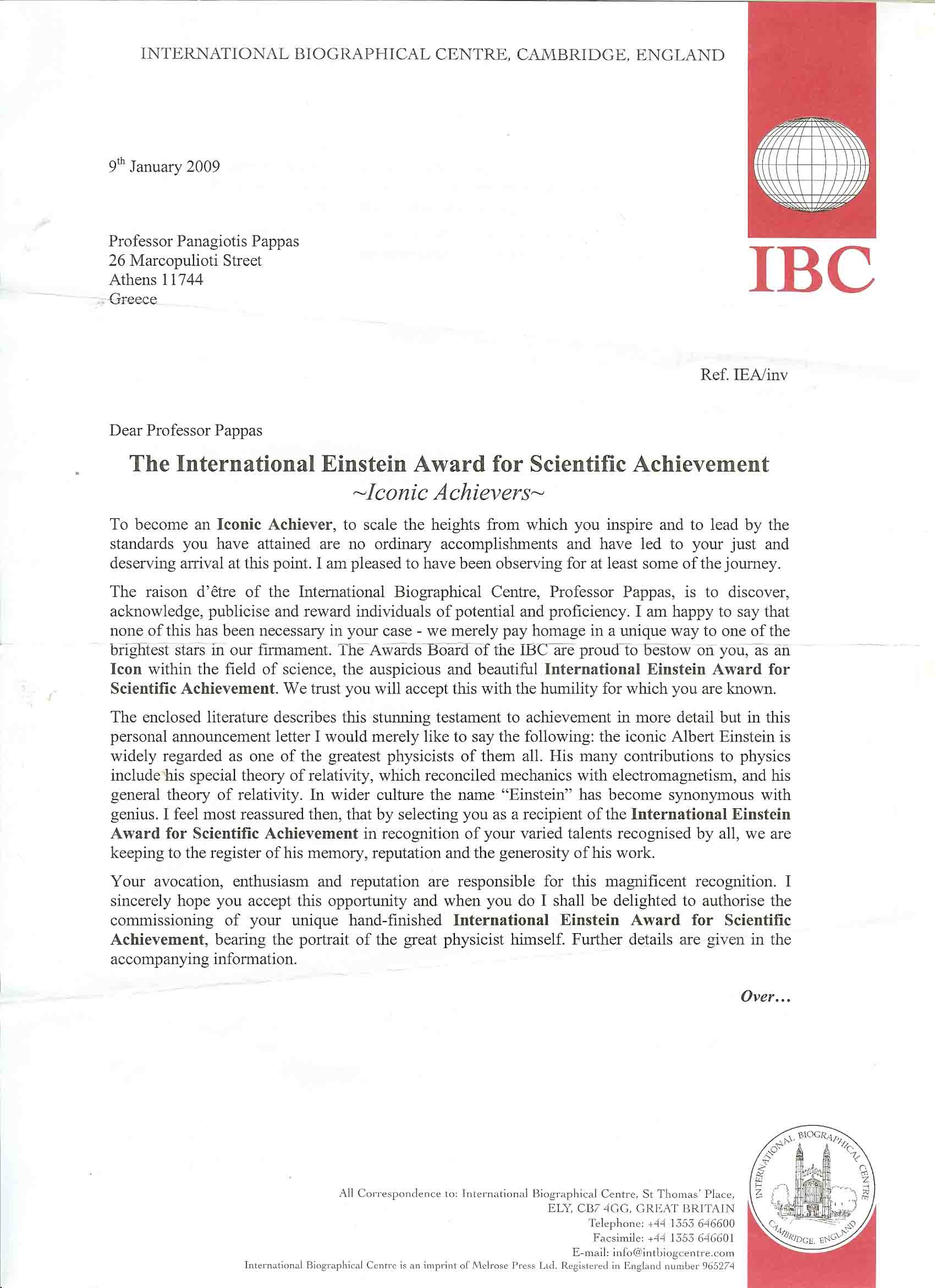There has been an announcement in the media recently, saying that :
e=mc2: 103 years later, Einstein's proven right CLICKHERE
However, the matter is not as it appeared to be, as comments in Physics forum indicate that :
====================================================================================================
Christian Hoelbling, one of the authors of the original paper, commented on November 24th, 2008 at 4:21 am
or click here for the saved webpage
=======================================================================================================
The title of the mentioned article is :
"Ab Initio Determination of Light Hadron Masses" clickhere
and is published in Science.
Here follows a copy-paste of the article's abstract :
|
Science 21
November 2008: |
Reports
Ab Initio Determination of Light Hadron Masses
More than 99% of the mass of the visible
universe is made up of protons and neutrons. Both particles are
much heavier than their quark and gluon constituents, and the
Standard Model of particle physics should explain this difference.
We present a full ab initio calculation of the masses of protons,
neutrons, and other light hadrons, using lattice quantum
chromodynamics. Pion masses down to 190 mega–electron volts are
used to extrapolate to the physical point, with lattice sizes of
approximately four times the inverse pion mass. Three lattice
spacings are used for a continuum extrapolation. Our results
completely agree with experimental observations and represent a
quantitative confirmation of this aspect of the Standard Model
with fully controlled uncertainties![]()
1 John von Neumann–Institut
für Computing, Deutsches Elektronen-Synchrotron Zeuthen, D-15738 Zeuthen
and Forschungszentrum Jülich, D-52425 Jülich, Germany.
2 Bergische Universität Wuppertal, Gaussstrasse 20, D-42119
Wuppertal, Germany.
3 Institute for Theoretical Physics, Eötvös University, H-1117
Budapest, Hungary.
4 Centre de Physique Théorique (UMR 6207 du CNRS et des
Universités d'Aix-Marseille I, d'Aix-Marseille II et du Sud Toulon-Var,
affiliée à la FRUMAM), Case 907, Campus de Luminy, F-13288, Marseille
Cedex 9, France.
5 Jülich Supercomputing Centre, FZ Jülich, D-52425 Jülich,
Germany.
